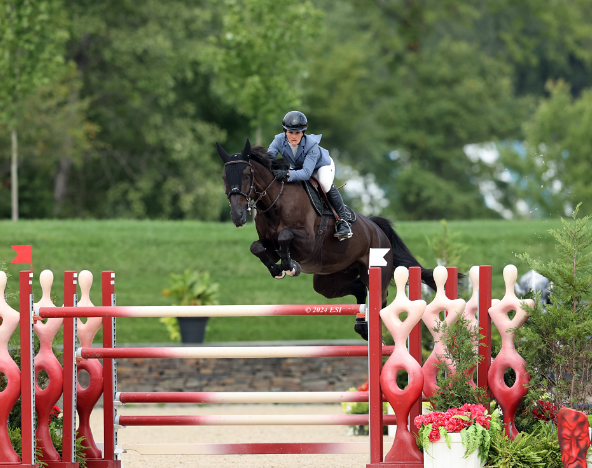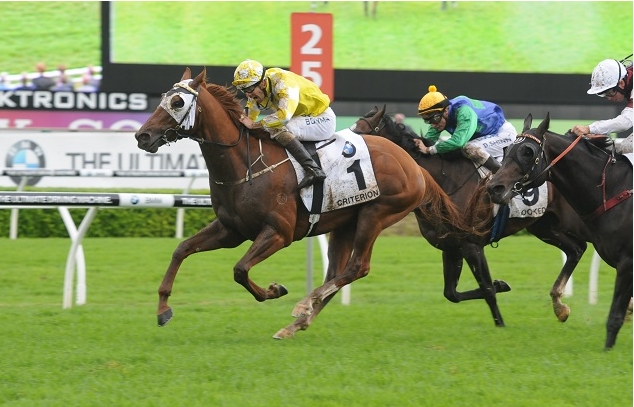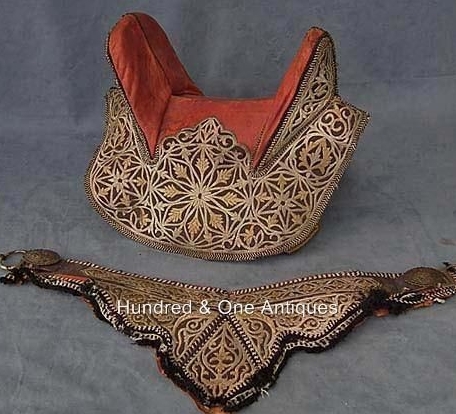Grand Prix horse jumping represents the pinnacle of equestrian sports, where skill, precision, and the bond between horse and rider are put to the ultimate test. This thrilling competition not only captivates audiences with its elegance and intensity but also showcases the incredible training and discipline involved in this beloved sport. Whether you’re a seasoned equestrian or a curious newcomer, understanding the nuances of Grand Prix jumping can deepen your appreciation for this exciting event.
The Challenges of Grand Prix Courses
Grand Prix courses are designed to challenge competitors greatly, featuring a series of complex jumps that include verticals, oxers, and water hazards. These obstacles are typically set at heights of 1.60 meters, pushing both horse and rider to their limits. Beyond height, the technical difficulty of the course is key; riders must navigate tight turns, related distances, and even combinations to secure a fast, clean round. The strategic planning and skillful execution required in this arena showcase not just athleticism but also deep understanding and communication between horse and rider.
The Role of Training and Preparation
Success in Grand Prix jumping doesn’t happen overnight. It requires months, if not years, of dedicated training. Riders must develop a strong partnership with their horse, which involves not only routine practice but also understanding the horse’s personality, strengths, and weaknesses. Effective training regimens include conditioning work, mental preparation, and frequent participation in lower-level competitions to build confidence and technique. Additionally, nutrition and veterinary care play vital roles in ensuring the horse is physically prepared for the demands of high-level competition.
The Spectator Experience
Watching a Grand Prix event can be an exhilarating experience, filled with suspense and thrill as riders navigate their courses. These competitions often attract large crowds, and the atmosphere is electric, especially during the jump-off, where the leading riders compete against the clock for glory. Spectators will also appreciate the elegance of the horses, many of which are bred for performance with striking pedigrees. For those new to the sport, understanding the basics, such as scoring systems and types of jumps, can enhance your viewing experience and deepen your connection to the spectacle.
Conclusion
Grand Prix horse jumping is not just a sport; it’s a beautiful interplay of athleticism, tradition, and artistry. Whether you’re dreaming of competing or simply enjoy watching, the journey into this discipline can be incredibly rewarding. Dive deeper into the world of equestrian sports, attend a local competition, or even consider riding lessons to experience the magic firsthand!



